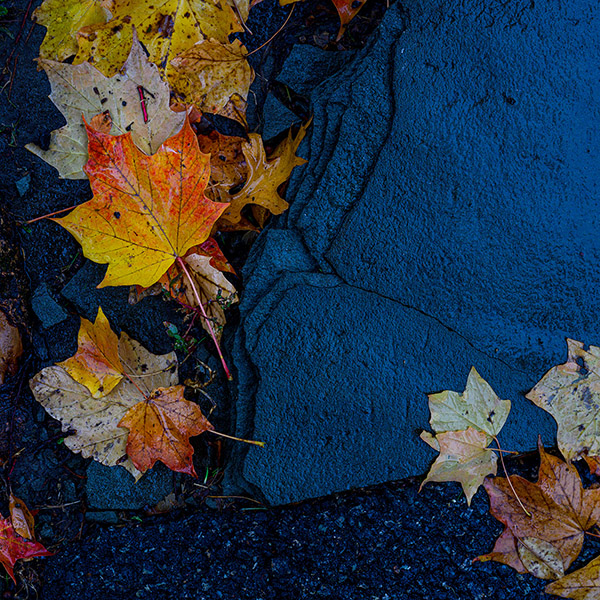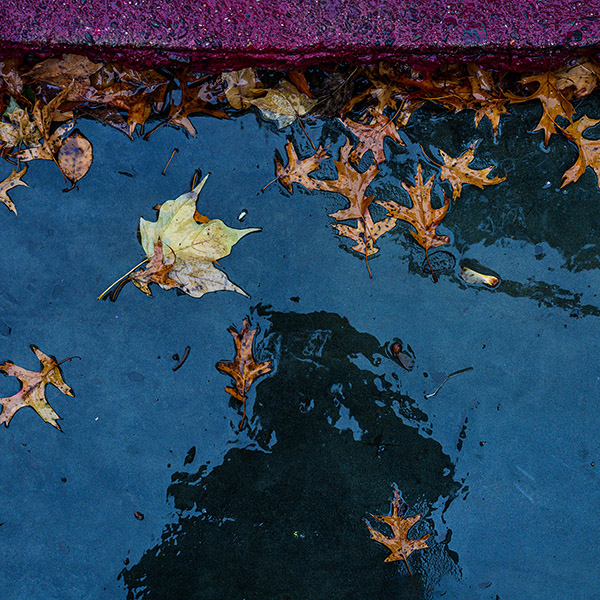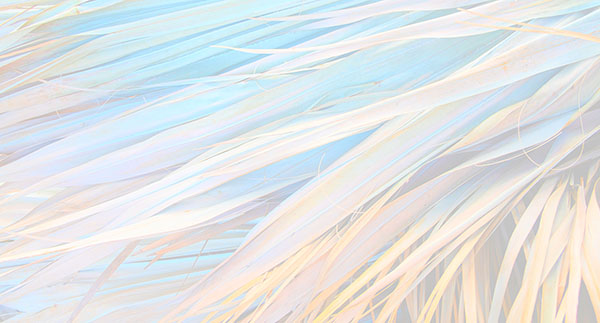Happy Holidays from Sunny Florida!
Thursday, December 26, 2019
Tuesday, December 24, 2019
Friday, December 13, 2019
Art Deco of South Beach
Miami's South Beach area is known for its historic display of Art Deco buildings. It is one square mile comprising over 800 significant buildings that led to the area being listed on the National Register of Historic Places in 1979. Most of the buildings were build in the late 1930's. I have always loved this area and have photographed it many times from the air in helicopters and from the ground. The images shown here were taken on a recent early morning visit to the Ocean Avenue -- strong early morning light being best because it hits the buildings square on, all helped by a deep blue western sky.
This entire series was photographed with a Fuji X-H1 and 16-80mm f/4 lens, my new favorite lens to have for travel photography.
This entire series was photographed with a Fuji X-H1 and 16-80mm f/4 lens, my new favorite lens to have for travel photography.
 |
| In the late 1990's whimsical lifeguard stations were added to the Miami beaches and were a perfect complement to the colorful look of the South Beach Art Deco area. |
 |
| Parked in front of one of the South Beach hotels, this 1955 Oldsmobile fits in with the Art Deco style of the area. |
Sunday, November 17, 2019
Autumn Leaves project 2019
Every year, in autumn I return to a project of photographing the fallen leaves of late autumn, leaves past their prime, leaves that had already lost their brilliant color and vibrancy and were in a final state of decay. The project was inspired by a passage from Autumnal Tints, by Henry David Thoreau, and is quoted at the end of this post. I have repeated this project every year since in homage to Thoreau and his keen observation.
I had spent my career photographing the beauty of autumn in its prime, the brilliant colors of leaves still on the trees and filling the countryside with a colorful palette of warm autumn tints. Thoreau taught me to drill down deeper, not to stop at the surface gloss. He found significant meaning for life infused in the even the tiniest and seemingly insignificant elements of nature that abounded around him.
This year's session was photographed with a Nikon Z7 and 24-70mm f/2.8 S lens. All the photos were taken on a sidewalk of time-worm slate slabs during a heavy rain that left everything wet, and sometimes submerged, with the water reflecting the blue color of the sky in contrast to the bright, warm colors of the autumn leaves. Below are a small outtake from over my final selection of 54 images that make up this year's portfolio.
Here is the passage from Autumnal Tints, written by Henry David Thoreau in 1862. He was expounding on the difference between looking and seeing when he also wrote: "Objects are concealed from our view, not so much because they are out of the course of our visual ray as because we do not bring our minds and eyes to bear on them....
"It is pleasant to walk over the beds of these fresh, crisp, and rustling leaves. How beautifully they go to their graves! how gently lay themselves down and turn to mould!--painted of a thousand hues, and fit to make the beds of us living. So they troop to their last resting place, light and frisky. They put on no weeds, but merrily they go scampering over the earth, selecting the spot, choosing a lot, ordering no iron fence, whispering all through the woods about it,--some choosing the spot where the bodies of men are mouldering beneath, and meeting them half-way. How many flutterings before they rest quietly in their graves! They that soared so loftily, how contentedly they return to dust again, and are laid low, resigned to lie and decay at the foot of the tree, and afford nourishment to new generations of their kind, as well as to flutter on high! They teach us how to die. One wonders if the time will ever come when men, with their boasted faith in immortality, will lie down as gracefully and as ripe,--with such an Indian-summer serenity will shed their bodies, as they do their hair and nails."
Thoreau took the time to look closely at the most ordinary objects in his path. His examination always found meaning beyond the thing itself. Photography should be like that.
Friday, November 1, 2019
A Zen photography experience
Just after sunrise yesterday, I was in a nature preserve photographing the bright, early-morning cloud reflection on the surface of a peaceful lake when a fish jumped and left behind a set of expanding concentric rings. I had the Fuji X-H1 and the new Fuji 16-80mm f/4 zoom already poised for photography and immediately swung it to capture two quick images of the ring in rapid succession. Later I stitched the two photos together to make this long panorama of the scene. For me the image has a zen-like, meditative quality to it and reminds me of why I turn to the elements of Nature as the prime subject for my photography.
I had been using the cloud reflections in the water as a backdrop for photos I had been taking of birds feeding along the shore in the early morning. I stalked this Great Blue Heron to capture its profile using the same camera/lens combo I as I did for the photo above. And below it are a couple of other variations from the same scene.
I had been using the cloud reflections in the water as a backdrop for photos I had been taking of birds feeding along the shore in the early morning. I stalked this Great Blue Heron to capture its profile using the same camera/lens combo I as I did for the photo above. And below it are a couple of other variations from the same scene.
Thursday, June 27, 2019
Over the Everglades
A few weeks ago I rented a helicopter to do a photo tour over the Florida Everglades. I wanted to create some abstract images by shooting straight down at the patterns of land and water. After some research I chose an area of the Everglades in the far southern end, right across from the Florida Keys. I was using a Nikon Z7 camera with the new Z 24-70mm f/2.8 S lens. This combo with its high res sensor and built-in image stabilization to dampen the vibration from the helicopter was perfect for the job.
The photo immediately below was taken on our way to the site and shows a water spout coming from a cumulus storm cloud in the distance.
The photo immediately below was taken on our way to the site and shows a water spout coming from a cumulus storm cloud in the distance.
The doors were off the helicopter and once we located a suitable location for my project, the pilot would bank the helicopter in tight circles over the area so I could point the camera straight down. The samples below are some of the results.
It was a sunny day with a good number of puffy clouds to case shadows on the terrain below. That resulted in the contrast of dark and light areas that gave the shots some interesting volume.
Drones are not allowed to fly over the Everglades so a helicopter was the only way to go. Plus, I always feel like I have more control over the composition when I'm in a helicopter. In any event, it would have taken a massive professional movie drone to come anywhere near the camera quality of the 100MP Nikon Z7.
Wednesday, May 29, 2019
Back to basics with the Fuji X-Pro2
There is something about the Fuji X-Pro2 camera that I really love. Could be the design, reminiscent as it is of the Leica M rangefinder, one of my all time favorite cameras. The X-Pro is the camera I grab when I'm not sure I really want to tote a camera along with me. It's smaller than my other cameras and I've dressed it up with some specific lenses that keep it compact, convenient, and simple. The three lenses I use on it are the Fuji 18mm f/2, Fuji 23mm f/2.8, and the original Fuji 18-55mm zoom. I also have a set of 43mm close-up filters to get in close with the 23mm lens. Most of the time I go out with only one of these lenses on the camera.
I happened upon a large pile of decaying palm fronds on a morning walk with the X-Pro2 and the 18mm f/2 lens. For years I have been photographing leaves in a state of decay where they take on twisted, sculptural shapes as they transition to another stage of life. There is something I find quite beautiful in this transitional phase of nature. I was attracted to the subtle colors of blue, yellow, and ochre I saw in the palms. Later in Photoshop I boosted the colors and extended their palette by working on the images in the LAB color space. I didn't really change the colors; I just boosted what I saw there in the original scene, and this is the result.
Subscribe to:
Posts
(
Atom
)










































